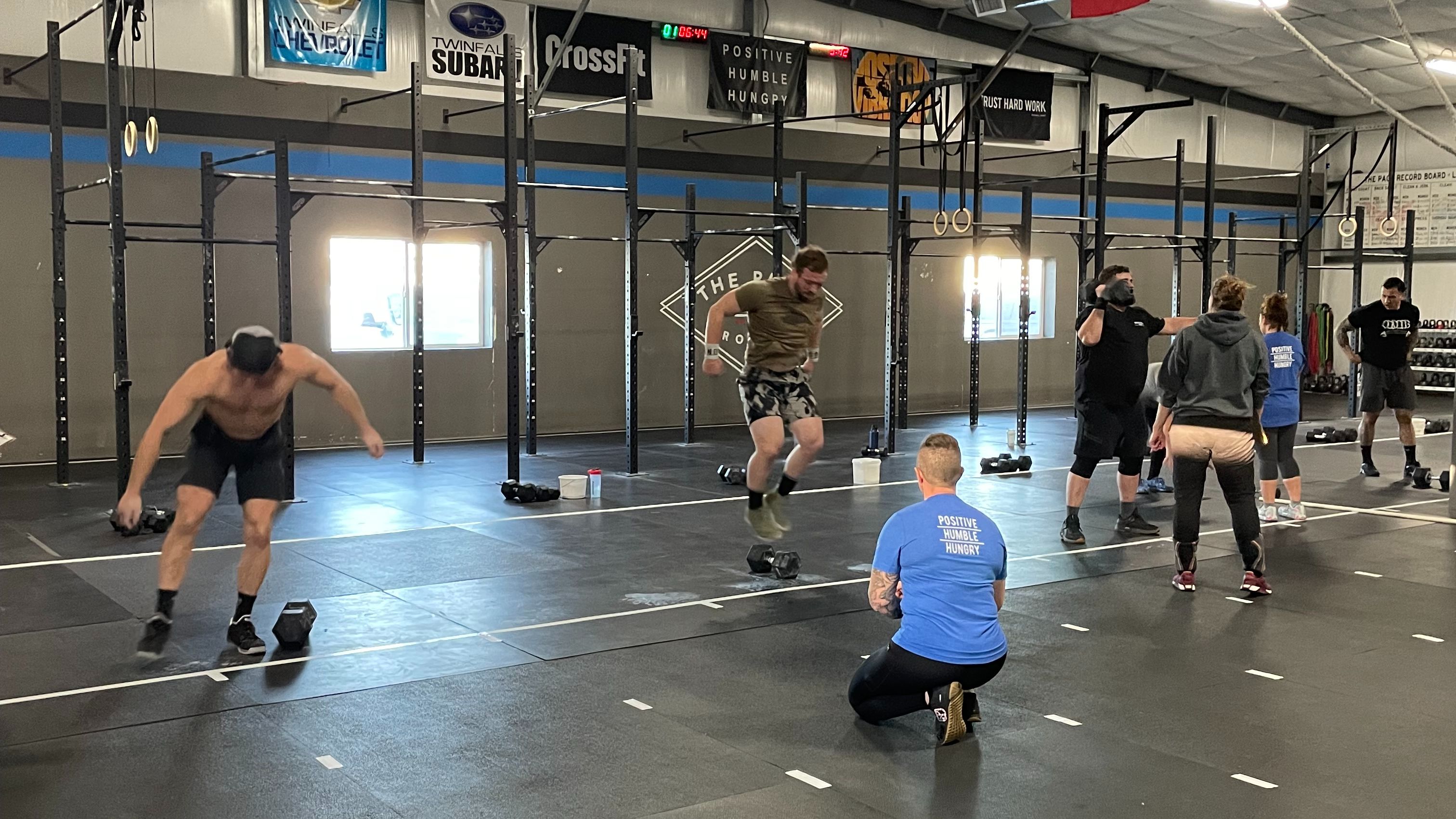
Fatigue and Recovery
Mar 13, 2025I recently attended a CrossFit class at the Pack CrossFit in Twin Falls where the coach mentioned that the WOD was lower effort that day to not over-stimulate and fatigue the nervous system leading up to the CrossFit Open. This got me thinking about fatigue in conjunction with fatigue-recovery. The body is a complex network of systems which all work in tandem to perform tasks. These systems are fatigable and can either aid in performance or hinder performance. Some examples of “fatigue” in these systems include: glucose depletion in the muscle, mental fatigue or lack of motivation, increase in metabolites, depletion in neurotransmitters, decreased central drive, muscle damage.
Let’s use a car as an analogy to understand these terms. If a car is out of gas it won’t run-that’s your muscles without glucose. If the car can’t expel exhaust the engine will essentially suffocate-that’s an increase in metabolites that builds up and signals the brain to reduce activity. Mental fatigue might be analogous to an impaired driver. Depletion in neurotransmitters could be low fluids that don't allow the machinery to integrate smoothly and work together. Decreased central drive is a faulty sensor in the computer system. Muscle damage is a flat tire. A car may continue to move down the road with one of these issues for a time, but it won’t function optimally and likely won’t be road worthy for very long. Another way to think about this system as a whole is by using another car analogy. The governor theory of fatigue basically states that the brain will limit physical exertion to protect the body from potential harm. This is like the governor in a car that keeps the car under a certain speed limit.
Enough with the physiology lesson. So what does this mean for athletes or weekend warriors trying to perform at their best? You need to understand the symptoms of fatigue, properly set up an exercise routine with periodization, and have a recovery plan in place following a big effort in order to keep these body systems functioning properly.
- Symptoms of exercise fatigue: exhaustion, waking up feeling tired, difficulty concentrating, decreased performance or strength, lack of motivation, lack of energy, slow reflexes, achiness or pain. These symptoms could be a sign that your recovery is not matching up with your level of effort. It is important to note that these symptoms can vary greatly in severity and where mild symptoms may be a normal response to exercise, severe symptoms could mean something else entirely. It would be advisable to talk to a medical professional if symptoms like these persist.
- Exercise periodization is how workouts are structured over time and progress is made, usually building up to a performance or effort. Our bodies can only function at peak performance for short amounts of time before symptoms of fatigue start to set in.
- Recovery is the way we can combat fatigue and continue training and showing up for life.
Suggestions for post-exercise recovery:
Though there are limitations in the research, it is clear that sleep, nutrition, and hydration are key (not surprising) in recovery. Although this may come as a no-brainer, most Americans’ sleep, nutrition, and hydration are sub-par. I happened to be reading on the Visma pro cycling website and came across the caption, “You win the Tour (and Vuelta) in your bed,” referring to the emphasis the team puts on sleep during races where they try to get 8-12 hours of sleep a day. Most of us are not cycling Tour distances every day, but we should reconsider our sleep habits and make changes where necessary. Diets with adequate protein, omega-3 fatty acids, and things like turmeric, pomegranate, and tart cherry have been shown to aid with muscle fatigue and recovery.
Adjunct modalities for recovery often include sauna, cold immersion, phototherapy (red light beds), stretching, foam rolling, active cool downs, relaxation, compression garments, and massage. Personal preference plays a big role in the effectiveness of these modalities where some people might find foam rolling (for example) effective where others may find it a waste of time. It is also worth mentioning that as we discussed the different systems involved with fatigue, if one system seems to always be in a deficit for you, then finding a recovery plan that can help to improve that system is important. For example, if you are often mentally drained after a workout and your mental game is struggling, maybe reward yourself with a massage or find an effective way to relax to recharge your mental battery. Generally, there is a fair amount of evidence supporting infrared sauna, cold immersion, and phototherapy, but information on exact protocols is lacking.
This topic is HUGE and there is no way to cover fatigue and recovery in one blog post, but hopefully this has gotten you thinking about how you can manage your workouts and recovery so you can continue to show up and make improvements in a healthy way, for years to come. Mountain Performance PT is based in Twin Falls, Idaho and we love to work with high achievers looking to make the most out of life. If you need help dialing in your exercise periodization or recovery don’t hesitate to reach out.
